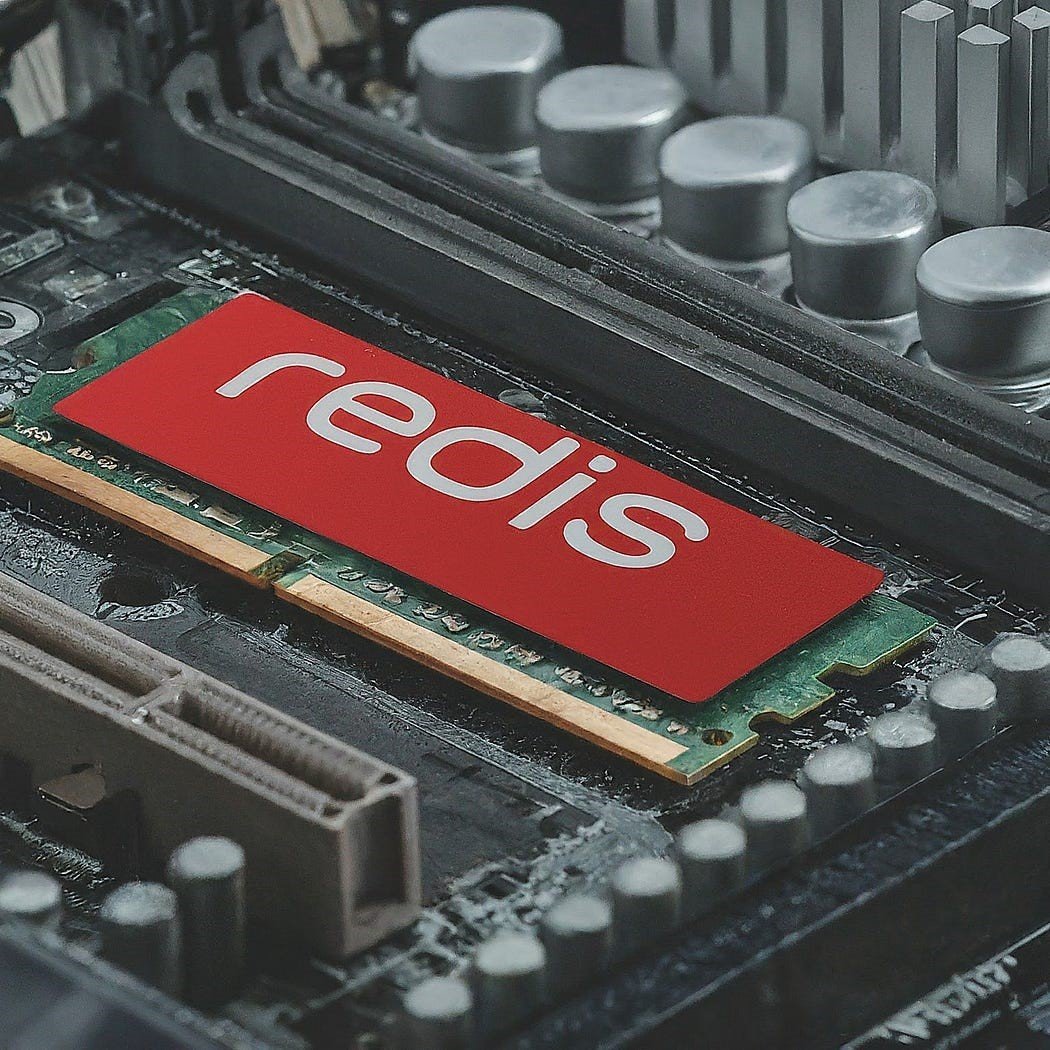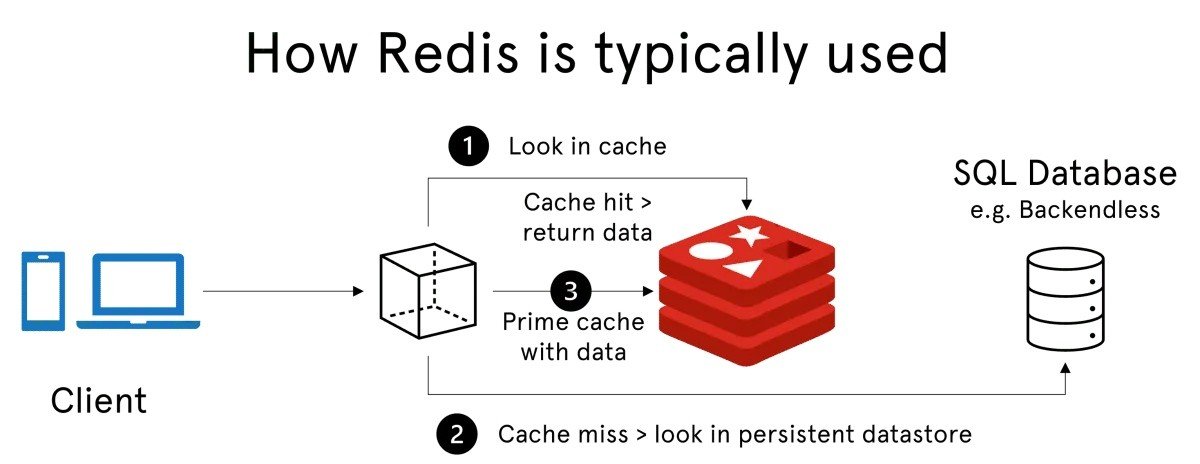Redis
A Powerful Tool for Speed, Scale, and Simplicity
Redis is a powerful tool for caching because it’s designed specifically for speed. Unlike traditional databases (e.g., MySQL, MongoDB) that store data on secondary storage (hard drives), Redis is an in-memory database, meaning it stores data in your computer’s RAM. This makes it much faster to access because it retrieves data directly from active memory rather than slower disk storage.
In-Memory Storage
Support for Advanced Data Structures
Persistence Options
High Availability
Atomic Operations

How Redis Works

Redis Architecture
Redis operates on a single-threaded model, which may seem counterintuitive given the multi-core nature of modern processors. However, this approach simplifies design and boosts performance in certain scenarios.
-
Single-Threaded Execution: Redis processes one command at a time. This atomicity prevents potential issues like race conditions or thread contention, which can occur in multi-threaded systems. Each command is executed in sequence, ensuring a smooth flow of operations.
-
I/O Multiplexing for High Throughput: Redis uses I/O multiplexing to handle multiple client connections simultaneously. Instead of blocking the main thread while waiting for data, Redis uses system calls like
select()orpoll()to monitor multiple sockets and respond only when data is ready. This allows Redis to handle thousands of client connections without blocking on each one.
How Redis Achieves Concurrency with Single Thread:
- Network Sockets: Redis opens multiple network sockets, each representing a client connection.
- Blocking I/O: Normally, Redis would wait for data on each socket, blocking until it’s ready. However, with I/O multiplexing, Redis doesn’t sit idle waiting; it monitors multiple connections at once.
- Event-Driven: Redis listens for events (such as data readiness) on the monitored sockets. When an event occurs, Redis processes that specific connection without blocking the whole system.
- Efficiency: By focusing on atomic operations and using a single thread for processing, Redis minimizes the overhead associated with multi-threading (like context switching and synchronization issues).
This single-threaded model, combined with event-driven I/O, allows Redis to handle large volumes of requests with low latency and high throughput.
Use Cases of Redis for Caching:

Web Applications with High Traffic
Redis is ideal for caching frequent queries or session data in web applications where speed is critical.

E-commerce Sites
Caching product catalogs, inventory counts, or user profiles can significantly reduce the load on backend databases.

APIs and Microservices
APIs and microservices often rely on Redis to cache responses and reduce database load, improving response times.

Real-time Analytics
Redis is used in real-time systems where quick access to data is required (e.g., metrics or logs).

Leaderboards and Gaming
Redis excels at handling data structures like sorted sets, making it perfect for use cases like real-time leaderboards or ranking systems in games.
